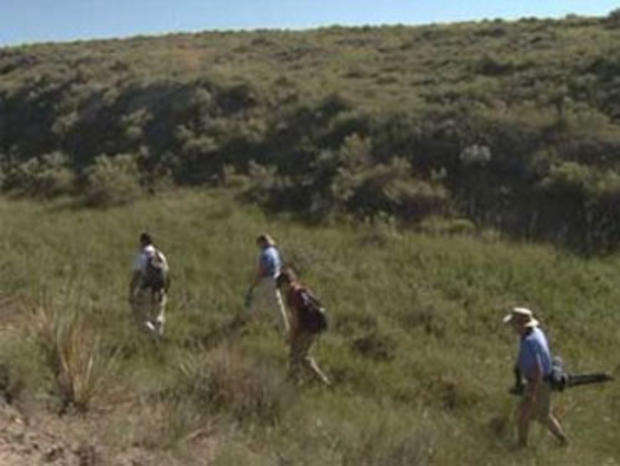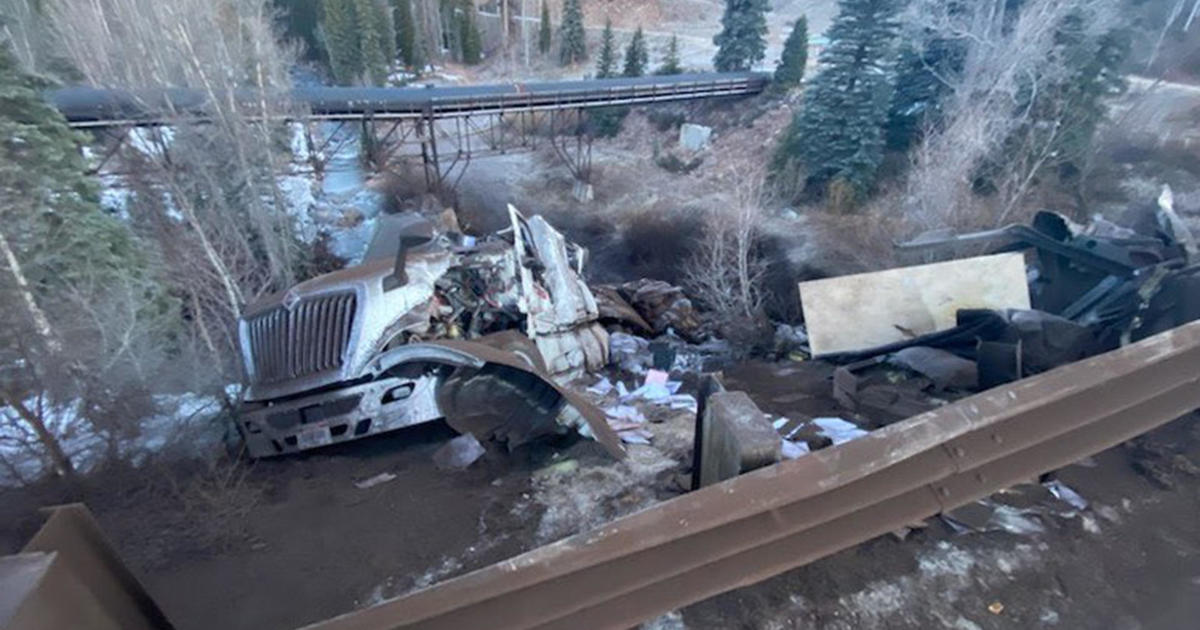Many Plains Surprises To Be Found In The Bijou Valley
The following report appeared on Colorado Getaways in 2010. It is appearing again on the May 7 show in advance of a tour of the Plains Conservation Center's West Bijou site on Saturday, May 14.
BIJOU VALLEY, Colo. (CBS4) - It looks dusty and dry and not terribly inviting from the car window to travelers passing through Colorado's Eastern Plains, but a large swath of land in the Bijou Valley has some hidden, unexpected surprises.
Colorado Getaways producer Doug Whitehead recently took some time out to visit the Plains Conservation Center's West Bijou site. Located about 30 minutes east of the center's main office in Aurora, the nearly 10,000 acre area was formerly ranch land.
The site's desolate landscape and fauna are reflective of a time when humans were, perhaps, more in tune with the web of life on the high plains. It's a place where a herd of pronghorn antelope still roam, and recently bison were brought back to graze on the land.
"We were looking for a site that was large enough to kind of sustain the natural systems that we could share with visitors and help them understand about their natural heritage, and we've been delighted to find out that the cultural heritage and the paleontological heritage is just as rich," said Tudi Arneill, executive director of the Plains Conservation Center.
Dr. Kirk Johnson with the Denver Museum of Nature and Science says the center "didn't know they had bought a real national and international treasure" when they acquired the site. It turns out an isolated gulley on the property shows clear evidence of a major event in the planet's prehistoric past: the KT Boundary.
The KT Boundary is a geologic layer found in places all over the world, but Johnson calls the example in the Bijou site "one of the best examples of the KT boundary known in the world." The boundary is the result of a huge asteroid hitting Earth 66 million years ago.
"My finger is sitting on a layer that was at the surface of Colorado the day the asteroid struck Mexico. At the end of the day, it was particularly bad day on planet Earth ... and when the smoke cleared some months later, all the big animals had gone extinct," Johnson said.
Just a short distance away, in the soft rock of an outcrop, Johnson showed Whitehead evidence of what the world looked like after the dinosaurs disappeared.
"This hill is made of fossil leaves. There are literally tens of millions of fossil leaves in this one outcrop and as a result a place like this is fabulous for study about what happened to the world after the asteroid struck," Johnson said. "We can count the fossils and built a real understanding about what the forest looked like here.
"Right now it's shortgrass prairie, but 66 million years ago it was a subtropical forest and you would have found things like crocodiles and turtles and snakes. Imagine yourself more in Costa Rica than Colorado."
Art Elser is a volunteer tour guide with the center. Standing next to West Bijou Creek, he said the history of the site, and the bison now roaming on the plains, fascinates him.
"I can imagine Indians camped out over there waiting for the buffalo to come into this area where they could then hunt them because the buffalo would probably come down to the creek here."
For millenia, huge numbers of bison covered the vast prairies of the continent.
"They say that there were almost 60 to 70 million buffaloes walking around North America back before the white men came along," Elser said. "We almost lost them. We took them right down to just about nothing. Fortunately the Plains Center is able to host a small fragment of what we used to have."
Additional Resources
Reserve your spot on the next West Bijou site tour -- Saturday, May 14 -- by calling (303) 693-3621 or visit PlainsConservationCenter.org for more information.




